Mainz | Rheinhessen
Germany
10 Highlights in Mainz & Rheinhessen
Download guide
PDF

01
Culture – Discover the landmarks of Mainz on a walk

02
Party – Celebrate with a glass of Riesling in the city or on the river

03
View – Enjoy the most beautiful view over the “Red Slope“

04
History – Explore the cellar labyrinth beneath Oppenheim
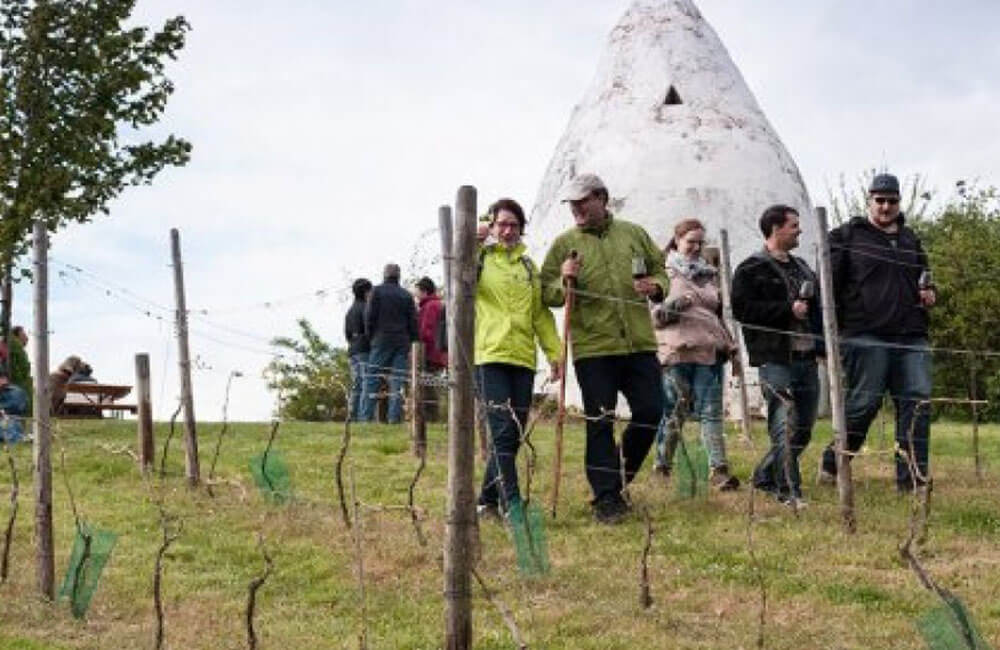
05
Nature – Hiking through vineyards in Flonheim and resting at the Trullo
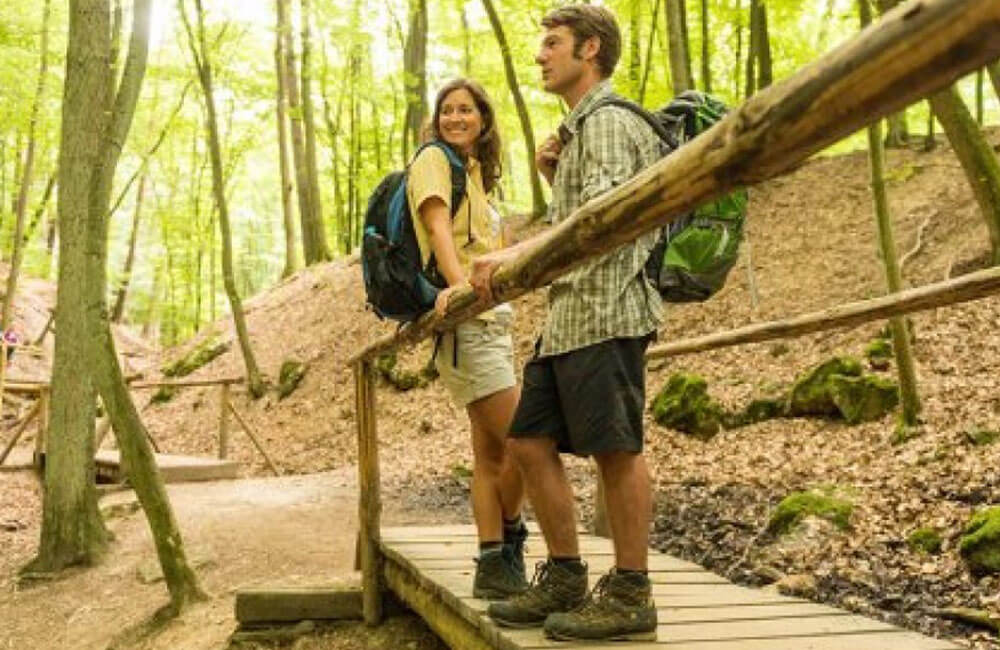
06
Mystique – Listen to the knowledge of a saint in Bingen
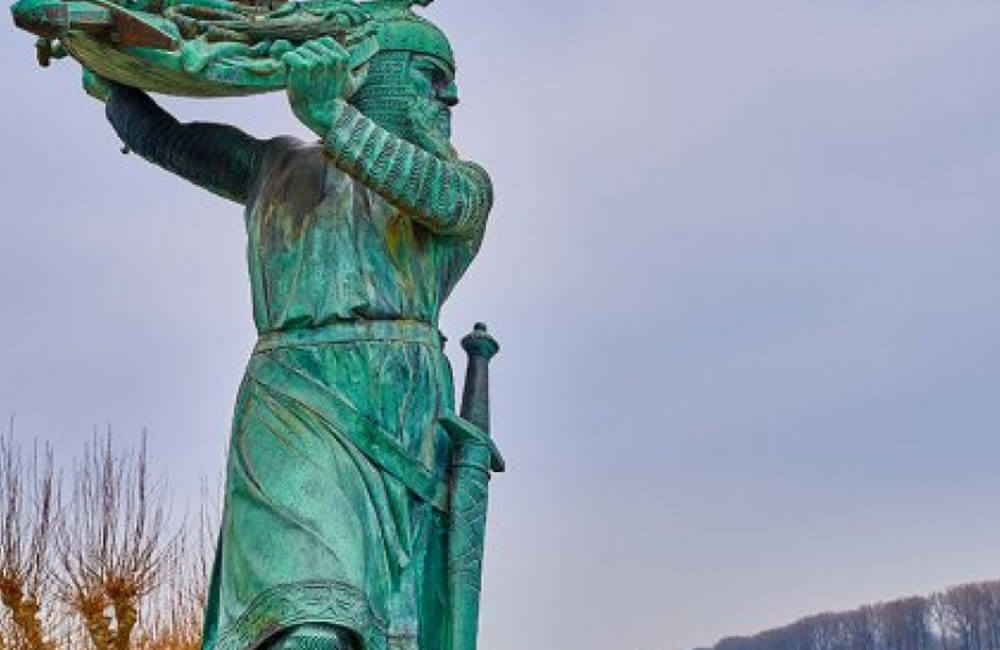
07
Theater – Cheer for the Nibelungen Festival in Worms
The heroic epic “Die Nibelungen” – with heroes and anti-heroes, love and betrayal, family ties and enmities – offers manifold material for interpretation. In front of the Worms Cathedral Kriemhild and Brünhild allegedly have fought the legendary queens dispute. In late summer, this place turns into one of Germany’s largest open-air theater festivals. Every year, well-known actors from theater, film and television are on stage. Not far from there, the Hagen statue reminds that here the Nibelungen treasure was sunk into the Rhine. The treasure has disappeared to this day – but many people claim that it is found in the gold of the wine.

08
Drinking – Tasting red wines at the “Imperial Palace” (Kaiserpfalz) in Ingelheim
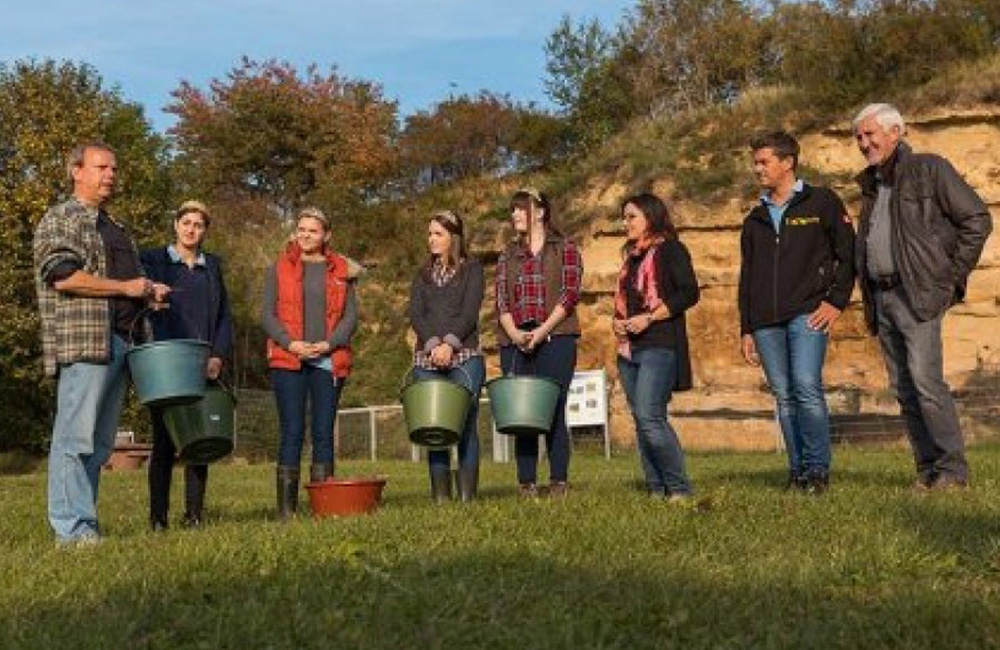
09
Geology – Marvel at the primeval sea in Alzey-Weinheim
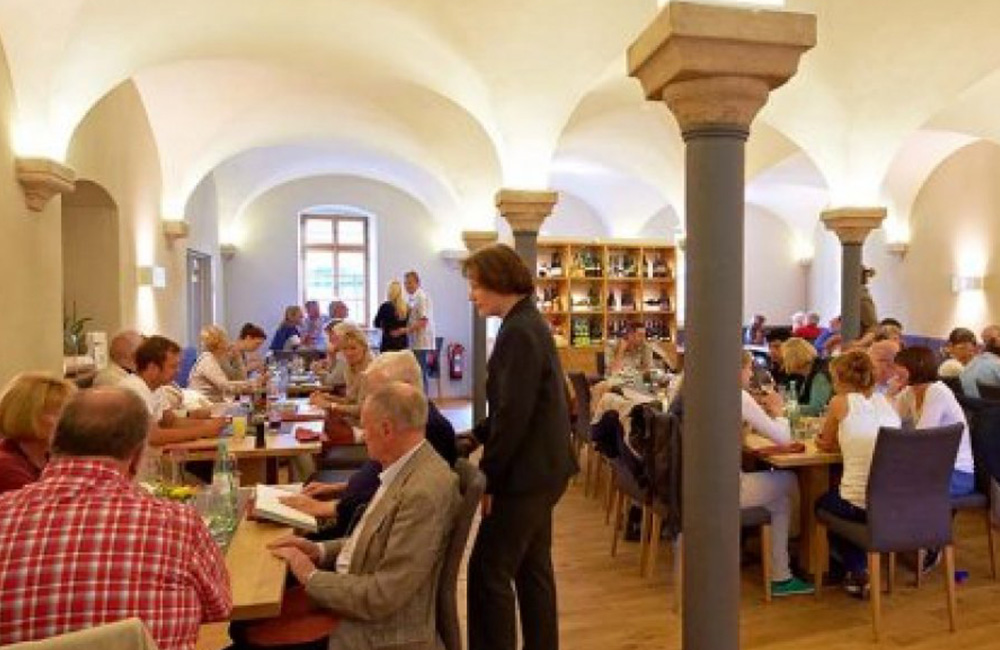
10
Architecture – Dine in a Rhine-Hessian wine vault
PLAN YOUR
